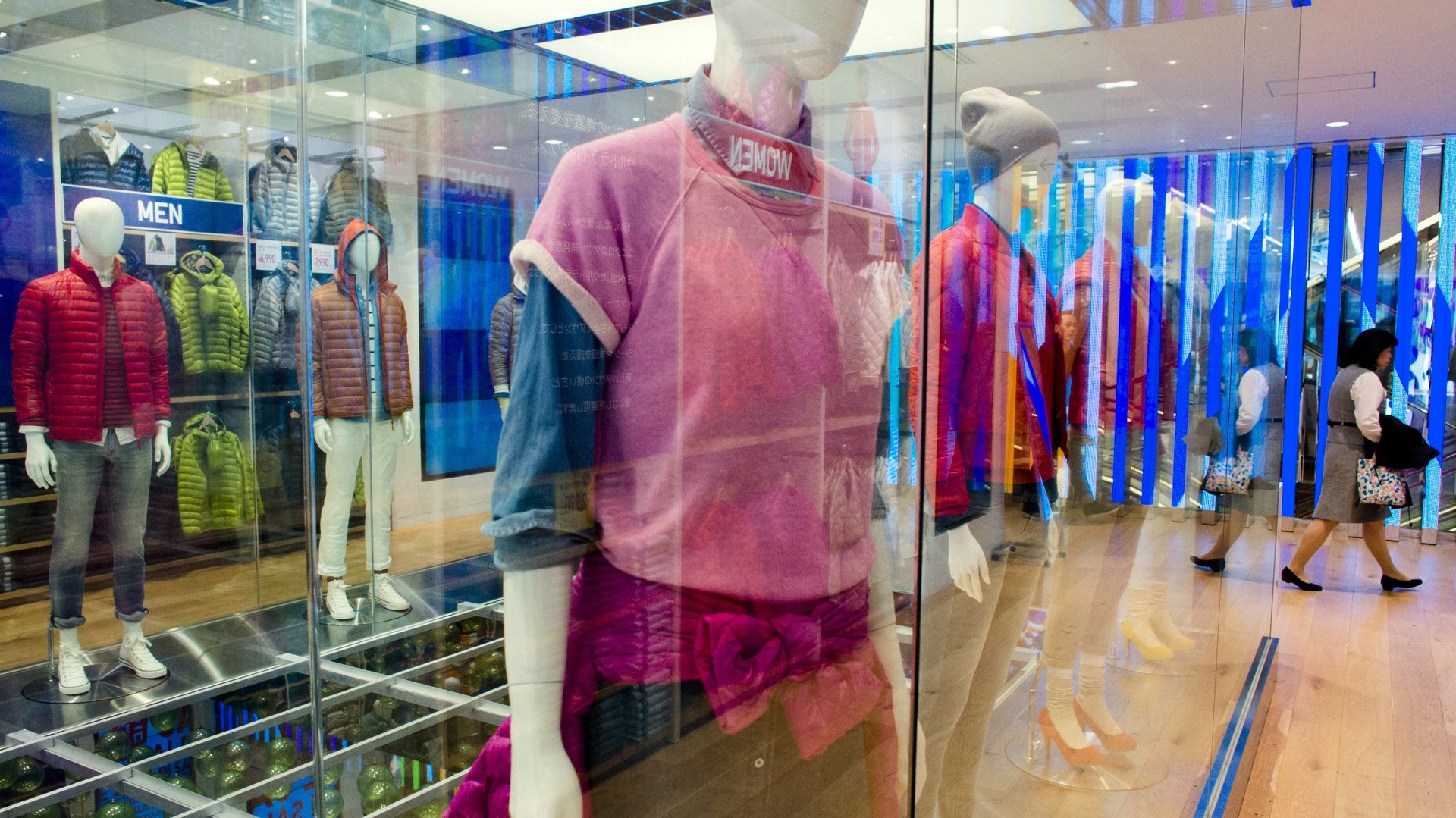Clothing could be to blame for the number of microplastics in our air
The places we don’t find microplastics keep declining. They’re already known to be widespread in the world’s water, to the point that they’re ubiquitous in the guts of sea turtles and have been discovered all the way in Antarctica.


The places we don’t find microplastics keep declining. They’re already known to be widespread in the world’s water, to the point that they’re ubiquitous in the guts of sea turtles and have been discovered all the way in Antarctica.
Scientists have also begun to uncover how prevalent they are in the air. Just like microplastic pollution in water, our clothes appear to be a primary culprit.
New research from Kings College London analyzed the amount of microplastics descending onto the roof of a nine-story building in London’s city center, The Guardian reported. The height ensured they only collected plastic from the atmosphere. Each of the eight samples they took contained plastic, with rates varying from 575 to 1,008 pieces of microplastic per square meter each day, suggesting millions of microscopic bits of plastic are falling across London daily.
In their samples, the researchers found 15 different varieties of plastic. Only about 8% was plastic particles. The majority of it was in the form of fibers, specifically acrylic, most likely from clothing.
It’s too early for scientists to say definitively what the main source of airborne microplastics is. According to previous research, though, clothes made of synthetic fibers—such as acrylic and polyester—shed large amounts of microplastics when washed. A 2016 study from Plymouth University found that for each wash load of 6 kg (about 13 lbs), the acrylic sweaters the researchers washed shed more than 700,000 fibers, and the polyester garments shed almost 500,000. Such fibers are tiny, but they can add up over time as they enter the air and water.
The problem isn’t likely to reverse course soon. Since chemical company DuPont introduced nylon in 1938 and later began producing polyester textiles, synthetics have steadily taken over our wardrobes. Today they account for the majority of the world’s fiber production, a share that will likely only grow. To garment manufacturers, they can be far cheaper to use than natural fibers like silk, while delivering an attractive range of properties, like the ability to stretch or wick sweat.
It’s still not entirely clear how harmful it is for humans to breathe air filled with microplastics, though most airborne pollution isn’t good for you. It’s also too early for scientists to say with certainty how much microplastic is in the air of major cities. The Guardian notes that levels have only been tested in a handful of places.
The rate of deposit found by the researchers in London was the highest yet—far greater than those previously measured by studies in Dongguan, Paris, or Hamburg. Researchers weren’t sure why London’s levels were so high, though the experimental methods used could be a factor. “The biggest concern is we don’t really know much at all,” Stephanie Wrightfrom, the lead researcher on the new study, told The Guardian. “I want to find out if it is safe or not.”